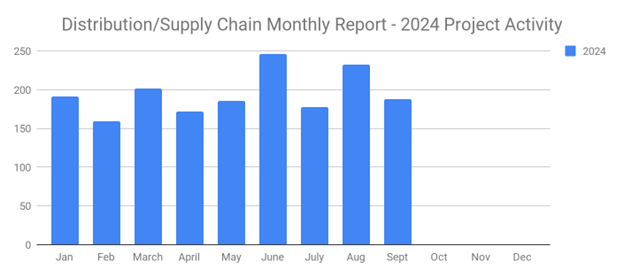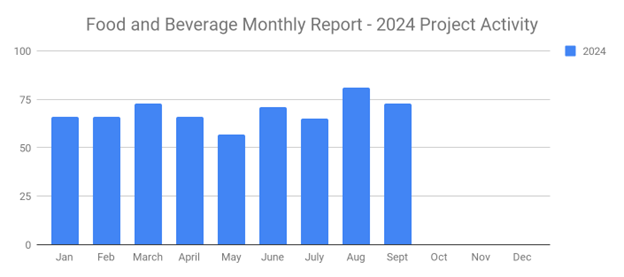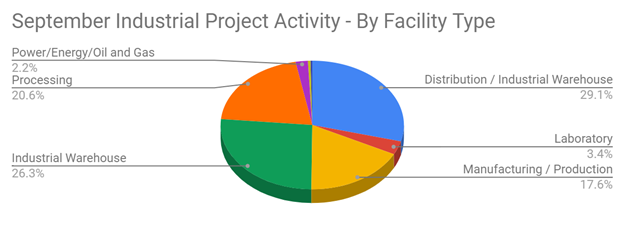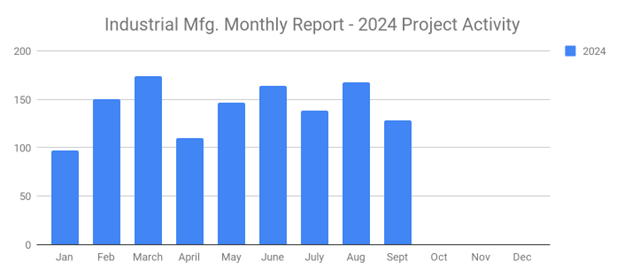-
Posted On Monday, January 23, 2017 by Robert Smith

If you aren't diligently monitoring the key performance indicators (KPIs) of your lead generation efforts, you're missing out on critical opportunities to enhance and optimize your strategy. Unfortunately, it's not uncommon for many B2B companies and their sales and marketing leaders to overlook this essential step, often concentrating solely on lagging indicators such as revenue. While revenue is undoubtedly a crucial measure of success, there are several lead generation metrics, considered leading indicators, that are vital to the overall effectiveness of your sales process. These include metrics such as lead nurturing effectiveness, appointment setting success rates, and the efficiency of your prospecting activities. Focusing on these indicators can provide earlier insights into the health of your sales funnel, allowing for adjustments that can significantly impact outcomes before financial results manifest. By prioritizing these metrics, companies engaged in industrial lead generation or manufacturing lead generation can more accurately predict and influence future sales success, ensuring that efforts in outsourced sales development and demand generation are properly aligned and yielding the desired results.
Click-Through-Rate
Click-through-rate (CTR) is a crucial metric in evaluating the effectiveness of your promotional materials, such as ads or calls-to-action (CTA) within your digital marketing campaigns. Defined as the percentage of prospects who engage with your CTA or ad, CTR is calculated by dividing the total number of clicks by the total number of views. For instance, if 1,000 prospects view your ad on a platform like Facebook and 100 click on it, your campaign would boast an average CTR of 10%. This metric is not only reflective of the initial success of your ad in capturing attention but is also indicative of the effectiveness of your lead generation efforts.
To enhance your CTR, consider employing strategies such as A-B split testing, where you run multiple versions of an ad simultaneously to determine which performs best. By methodically replacing the lower-performing ad with a new variant and continuously refining your approach, you can incrementally increase your CTR. This ongoing optimization process is crucial not just for improving engagement but also for enhancing your overall demand generation strategies. Each iteration provides valuable insights that can be applied to broader aspects of your marketing efforts, potentially increasing the overall quality of leads generated and positively impacting outsourced sales development initiatives. This methodical approach to testing and optimization is essential for businesses looking to refine their digital advertising strategies and improve the effectiveness of their B2B lead generation agency operations.
Time to Conversion
Time to conversion is a critical metric that measures the duration it takes to transition a prospect into a paying customer. Ideally, you want this timeframe to be as brief as possible. A shorter time to conversion indicates efficient lead nurturing and demand generation efforts, minimizing the resources expended in the conversion process. Conversely, a prolonged time to conversion can strain your resources, consuming valuable time, money, and energy.
However, it's important to note that rushing the conversion process may not always yield optimal results. Instead, lead nurturing plays a crucial role in guiding prospects through the sales funnel. By providing valuable information and building trust over time, you can enhance the likelihood of conversion. Therefore, it's essential to strike a balance between efficiency and effectiveness in your sales approach.
To optimize your time to conversion, focus on refining your lead generation and prospecting strategies to ensure that leads remain engaged and interested throughout the sales journey. Implementing tactics such as personalized communication, targeted content, and timely follow-ups can help maintain momentum and prevent prospects from losing interest. By continually optimizing your sales funnel and nurturing leads effectively, you can minimize lead nurturing times and maximize sales outcomes.
Return on Investment
Return on investment (ROI) serves as a crucial metric for evaluating the financial efficacy of your advertising expenditures. This measurement quantifies the profitability of your advertising campaigns by comparing the revenue generated against the total advertising spend. Calculating ROI involves dividing the total revenue generated by your advertisements by the amount of money invested in those campaigns, expressed as a percentage. For example, if you allocated $2,000 to advertising and subsequently generated $4,000 in sales, your ROI would be 200%.
It's important to recognize that ROI can fluctuate, ranging from negative to positive values, depending on whether your advertising efforts yield a profit. To accurately assess the effectiveness of your strategies, it's essential to consider your company's typical net profit margin per newly acquired client. This holistic approach allows you to determine whether a particular strategy is yielding a desirable ROI or warrants reevaluation and adjustment.
Cost-Per-Lead
Cost-per-lead (CPL) serves as a pivotal metric in the realm of marketing and sales, offering valuable insights into the efficiency and cost-effectiveness of lead generation efforts. As a straightforward indicator, CPL represents the average expenditure incurred by a company to acquire a single lead, regardless of whether that lead eventually converts into a paying customer. By focusing exclusively on the cost associated with acquiring leads, CPL provides organizations with essential data to evaluate the performance of their lead generation strategies and assess their ROI.
For example, if a company invests $500 in lead generation efforts and successfully acquires 200 new leads, the average CPL would be calculated as $2.50 per lead. By consistently monitoring CPL across various lead generation channels and strategies, organizations can make informed decisions regarding resource allocation, optimize their marketing budgets, and maximize the efficiency of their lead acquisition endeavors.
Cost-Per-Click
Cost-per-click (CPC) is a fundamental metric in digital advertising that measures the average cost incurred by advertisers for each click on their ads. It plays a crucial role in evaluating the effectiveness and efficiency of Pay-Per-Click (PPC) campaigns across various online platforms, including Google AdWords, Facebook Ads, and other display networks. By analyzing CPC data, advertisers can gain valuable insights into the performance of their ad campaigns and assess their ROI.
Cost-Per-Impression
If an advertising platform doesn't charge for clicks, it likely employs an alternative pricing model based on impressions. In essence, advertisers are billed a predetermined rate for every 1,000 individuals who view their ad, regardless of whether those views result in clicks or other interactions. Referred to as cost-per-impression (CPM), this metric is commonly utilized across a spectrum of advertising mediums, including television commercials, radio advertisements, magazine placements, and diverse online channels.
Conversion Rate
Conversion rate, a fundamental metric in marketing and sales, is calculated by dividing the total number of leads by the total number of sales (conversions), expressed as a percentage. In essence, conversion rate serves as a critical indicator of a company's sales performance and marketing effectiveness. By tracking and analyzing conversion rates over time, businesses can glean valuable insights into the efficacy of their online sales strategies, identify areas for improvement, and implement targeted optimizations to enhance their conversion rates.
Closing Rate
Closing rate, a pivotal metric in sales analysis, signifies the percentage of sales leads that successfully convert into actual sales transactions. In essence, closing rate provides sales teams with a targeted and actionable metric to assess their performance in converting leads into customers. By tracking and analyzing closing rates over time, sales professionals can gain valuable insights into the efficiency and efficacy of their sales strategies, identify potential bottlenecks or challenges in the sales process, and implement targeted interventions to optimize their closing rates.
What to learn more? Get in Touch
Latest Posts
-

A Comprehensive Overview of 188 New Distribution and Supply Chain Projects for September 2024
-

73 Fresh Food and Beverage Projects in September 2024: Industry Growth and Opportunity
-

September 2024 Latest Trends in Industrial Project Activity for Construction Projects
-

128 Promising Industrial Projects on the Horizon for September 2024
